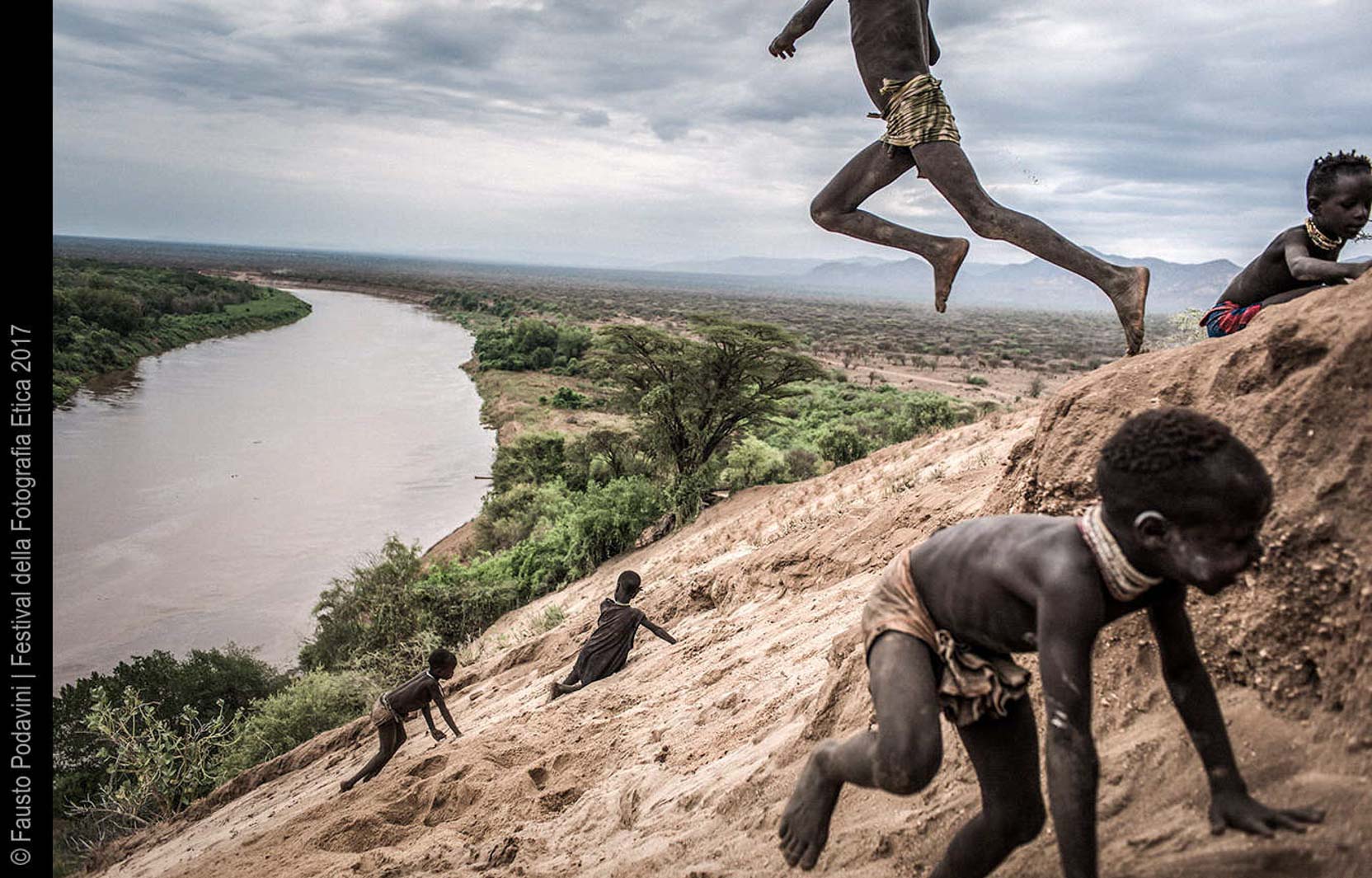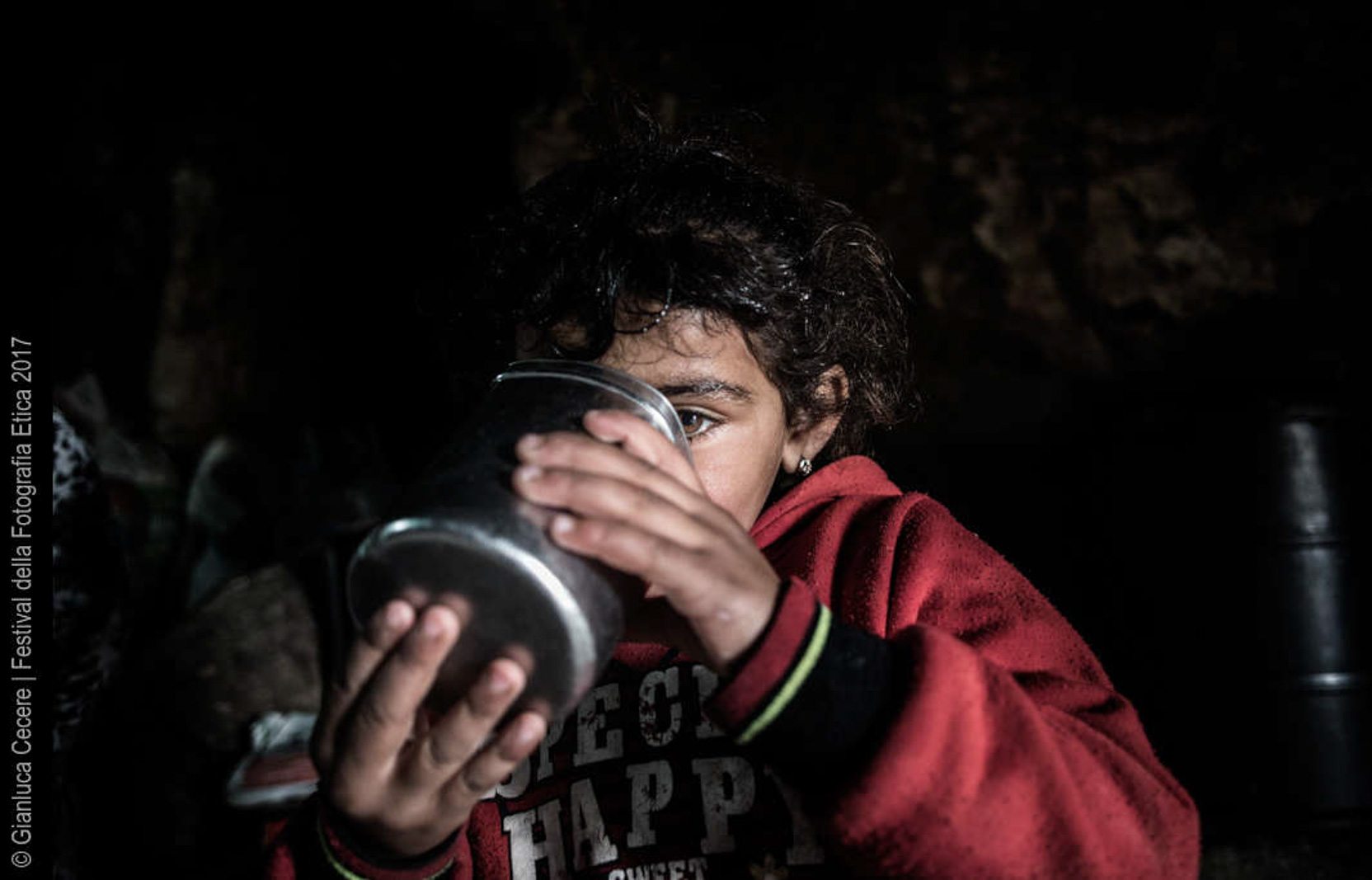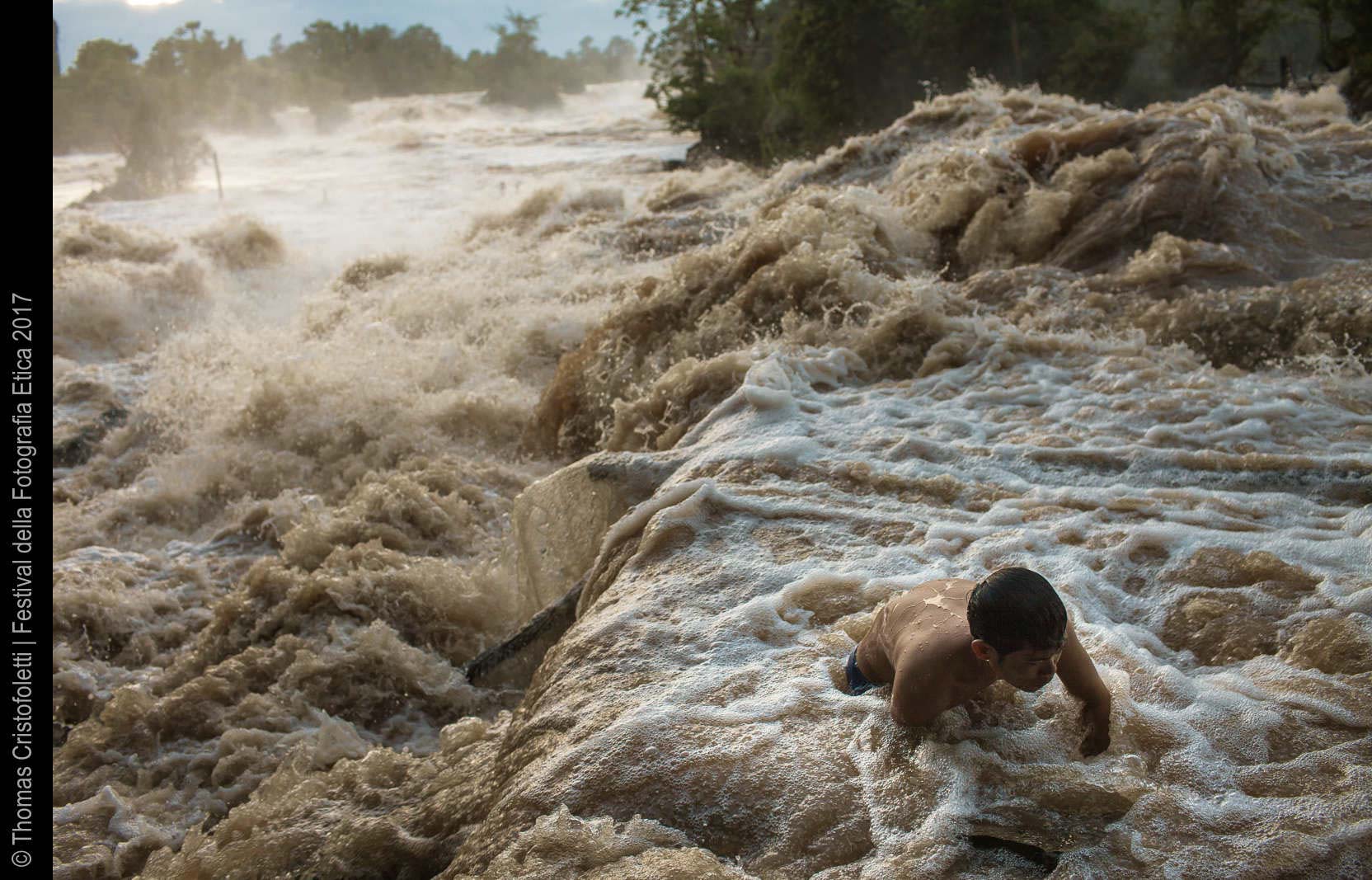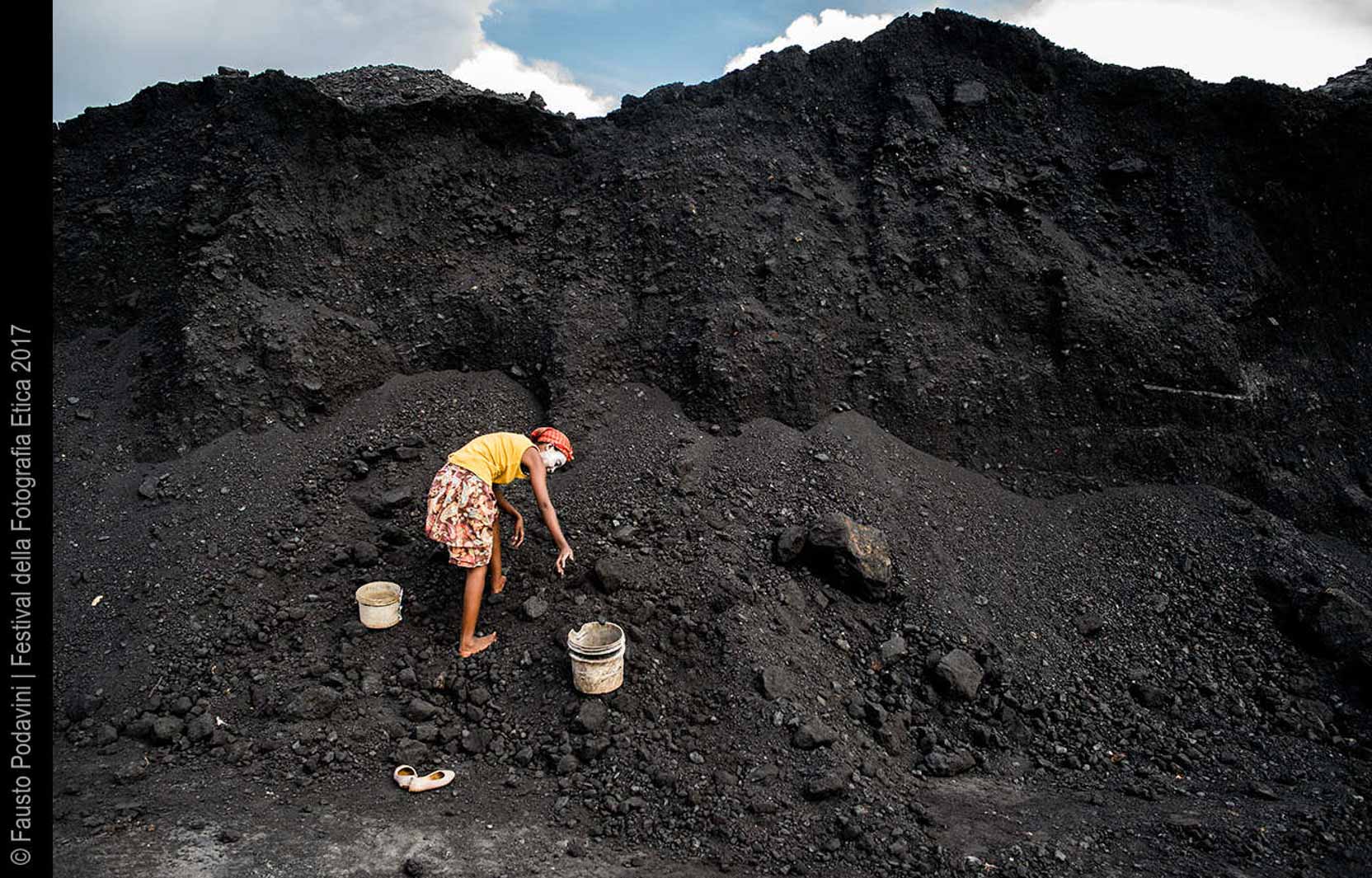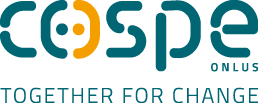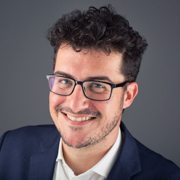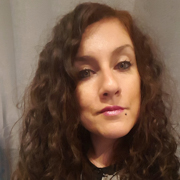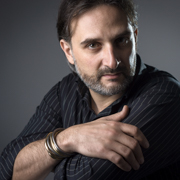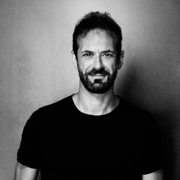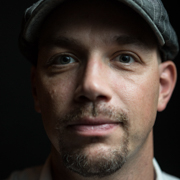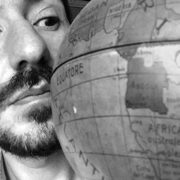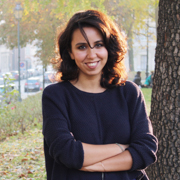Water grabbing, also called “water hoarding” refers to situations in which powerful players are able to take control or take advantage of precious water resources, stealing from local communities or entire nations. The livelihood of these communities is based on those same resources and same ecosystems that are becoming depleted.
The effects of this hoarding are devastating. Families are driven out from their villages to create space for huge dams. There is privatization of water resources, pollution of water for industrial purposes that can only benefit a few and damage ecosystems, and control of water resources by military groups to limit development.
In 2010 the General Assembly of the United Nations approved a resolution that granted access to potable water and sanitation services as a fundamental human right. The historic resolution, on a motion presented by Evo Morales Ayma, President of Bolivia and by about thirty other countries, established that “potable water and water and sanitation services are a fundamental human right, essential for fully enjoying the right to life and to all other human rights”. Nevertheless, this right is not actively protected by member states.
A similar lack of compliance has occurred with the the United Nations treaty on cross-border waters which seeks to mitigate the risks of conflict linked to water, signed by only 39 states thus far. The U.S.A. and China remain indifferent to the appeals of the civil society to support the legal document.
In the so-called south of the world, but also in some industrialized countries, water is transformed from a freely accessible good to a private and controlled resource by those who have power.
This special project Watergrabbing, a Story of Water, tells you about the phenomenon of water hoarding. Each story covers a specific issue (cross-border waters, dams, hoarding of water for political and economical purposes) and shows the players involved, country by country. Pictures, text and geographical maps will accompany you in this journey. Take your time to read and find out about this issue of water grabbing so that water can finally become a right for all.
The project is supported by: European Journalism Center, IDR Grant, CAP Holding, Fondazione LIDA, COSPE Onlus.
The project is sponsored by WWF Italia
